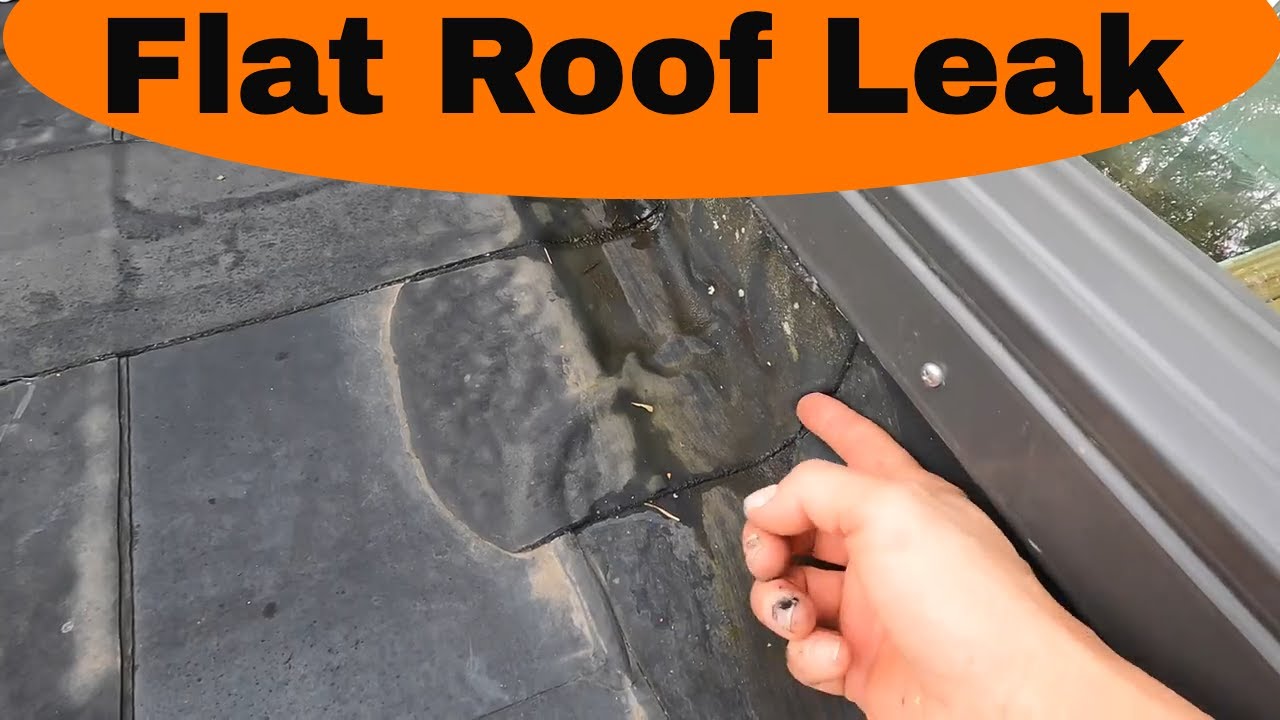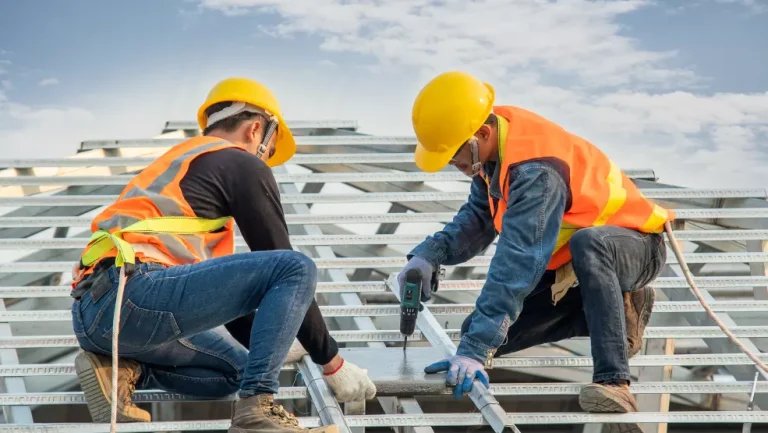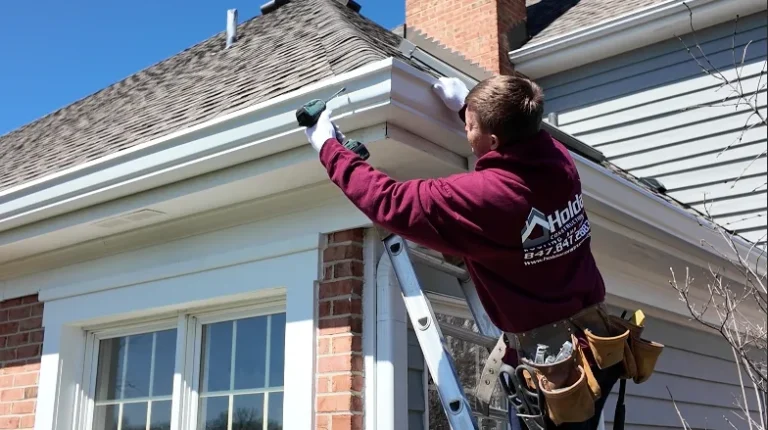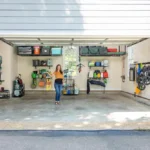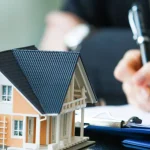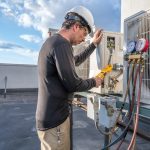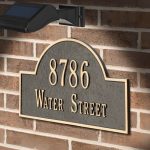When it comes to roofing, homeowners and contractors alike are often presented with a crucial decision: flat roofs or pitched roofs? Each style comes with its own unique set of advantages and challenges, but perhaps one of the most pressing concerns for any roofing system is its potential for leaks. Whether you’re renovating, constructing, or simply looking to replace a roof, understanding the dynamics between flat roofs and leaks is essential. Let’s explore the differences, benefits, and pitfalls of flat roofing systems compared to the ever-looming risk of leaks.
The Basics: What Is a Flat Roof?
Flat roofs, often seen in modern commercial buildings, are not entirely level but have a slight pitch to allow for water drainage. These roofs are characterized by a continuous, flat surface with a minimal slope. While they may seem like a simple, economical solution, flat roofs come with a particular set of considerations that are not always obvious at first glance. Most notably, the low slope makes water drainage a primary concern.
Flat Roof: Pros and Cons
Advantages
-
Cost-Effective Construction
One of the most compelling reasons to choose a flat roof is its cost-effectiveness. The simplicity of the design means fewer materials are required, and labor is typically less intensive. This makes flat roofs an attractive option for homeowners and businesses working within budget constraints. -
Ease of Installation
Flat roofs can be faster to install compared to their pitched counterparts. This is especially beneficial for commercial properties or residential homes looking to complete construction on a shorter timeline. -
Utilization of Roof Space
A flat roof offers a significant advantage in terms of space utilization. Homeowners can use the roof for a variety of purposes, from installing solar panels to creating a rooftop garden or terrace. This additional functionality makes flat roofs particularly attractive in urban environments where outdoor space is limited. -
Aesthetic Appeal
Flat roofs are often seen as a modern, sleek design choice. Their minimalist aesthetic appeals to those seeking a contemporary look for their home or building.
Disadvantages
-
Water Drainage Issues
The most significant drawback of flat roofs is their tendency to suffer from drainage problems. Water naturally pools on a flat surface, and without a proper slope, it may stagnate and cause long-term damage. The lack of effective drainage is a primary reason why flat roofs are more prone to leaks than pitched roofs. -
Maintenance Challenges
Flat roofs generally require more frequent maintenance than pitched roofs. Regular inspections are essential to check for any areas where water may accumulate or where cracks may develop in the roofing material. If ignored, small issues can quickly escalate into costly repairs. -
Durability Concerns
Flat roofs are often made with materials such as rubber, tar, or asphalt, which are generally less durable than the shingles or metal commonly used for pitched roofs. These materials can wear out more quickly, especially when exposed to extreme weather conditions, leading to an increased risk of leaks.
Leaks: The Silent Adversary of Roofing Systems
Leaks are the bane of all roofing systems, and understanding how they develop is crucial to maintaining a sound roof. Leaks are often caused by a breakdown in the roofing materials, poor installation, or long-term wear and tear. While both flat and pitched roofs can suffer from leaks, the causes and frequency of leaks can differ significantly depending on the type of roof.
Common Causes of Roof Leaks
-
Weathering and Aging
All roofing materials will eventually degrade over time due to exposure to the elements. Sunlight, wind, rain, and snow can wear down roofing materials, causing cracks, holes, and weak spots. Flat roofs, with their limited drainage capacity, are particularly susceptible to water pooling, which exacerbates the aging process. -
Improper Installation
A poorly installed roof is a recipe for leaks. Improper sealing of seams, failure to install adequate drainage systems, or insufficient underlayment can all result in significant water infiltration. For flat roofs, any mistake in the slope design or waterproofing layer can result in a system prone to leakage. -
Clogged Gutters and Drains
In the case of flat roofs, clogged drains or gutters are one of the most common culprits behind leaks. Without proper drainage, water can accumulate, causing the roofing material to degrade. If the roof does not allow the water to flow off quickly enough, it can seep into cracks and lead to serious leaks. -
Roof Membrane Failures
Flat roofs rely heavily on membranes to keep them waterproof. Over time, these membranes can become brittle and crack, especially in areas with extreme temperatures. Membrane failure is a leading cause of leaks on flat roofs, and repairing or replacing the membrane is often costly.
Comparing Flat Roofs and Leaks
The relationship between flat roofs and leaks is undeniably close. The structural limitations of flat roofs, combined with the harsh effects of weather, make leaks a persistent problem. However, it’s important to note that leaks aren’t exclusive to flat roofs. Pitched roofs, while better at shedding water, can still develop leaks if not properly maintained.
Pitched Roofs: A Safer Bet?
Pitched roofs, with their slope, allow water to flow naturally off the surface, reducing the chances of water pooling. This makes them a more reliable option for areas with heavy rainfall or snow. The sloped design also helps protect the roofing materials from standing water, a common contributor to leaks on flat roofs.
However, pitched roofs come with their own set of challenges. They are more expensive to install, and the complexity of the design often requires specialized labor. While pitched roofs are less likely to develop leaks due to water pooling, they can still suffer from issues like damaged shingles, cracks in the roof’s ridge, or faults in the flashing around chimneys or skylights.
Conclusion: What Works Best?
When deciding between a flat roof and one more prone to leaks, it’s important to consider a few key factors: your budget, the climate in your region, and your long-term maintenance strategy.
Flat roofs can be an excellent choice for those seeking a cost-effective, space-efficient roofing solution. However, they do require careful maintenance to ensure they remain free of leaks. Investing in quality roofing materials, proper installation, and a reliable drainage system will significantly reduce the risk of leaks and extend the lifespan of the roof.
On the other hand, if you live in an area with significant rainfall or snow, a pitched roof may offer more peace of mind in terms of leak prevention. Though more expensive, a pitched roof offers better water drainage and fewer long-term issues with leaks.
In the end, no roof is entirely immune to the threat of leaks, but with careful planning, regular inspections, and the right materials, both flat and pitched roofs can serve you well for many years to come.

